Now here’s a familiar face in an unexpected place. The face is bug-eyed and painted fluro green on yellow, so roughly how I imagine an oversized, confused chameleon might look.
It belongs to the #912 Porsche GT3 R that won the 2018 Nürburgring 24 Hours. That was an epic race: so wet and foggy that spectators were both mesmerised and profoundly unnerved. At the chequered flag, only 26 seconds separated the winner and the second-placed Mercedes-AMG, which had acquired some of that eye-popping paint over the course of 2128.8 miles. I know exactly how wet it was because I was watching from the woods, and I wasn’t expecting to see #912 again quite so soon.
Or for the setting to be a dim and nondescript first-floor meeting room. Talk about cognitive dissonance. However, this particular meeting room belongs to Manthey Racing. You may never have heard of these guys (it’s pronounced Man-tie) but I’ll bet you’ve seen them in action. Manthey supported Porsche’s factory racing campaigns in a semi-official capacity as far back as the 1999 Le Mans 24 Hours and has been so successful in endurance racing with the humble 911 that Porsche even took a 51% stake in the business in 2013.
It was then that Manthey began running Porsche’s two monstrous works 911 RSR cars, which blast around Le Mans and anywhere else on the FIA World Endurance Championship calendar. It supplies everything from spare parts to pit crew. The same crew look after #912 and its #911 sibling 911 GT3 R in the GT3 class, so when it comes to top-tier sports car racing, Porsche is Manthey and Manthey Porsche, even down to the cast of works drivers in the hot seat. Household names like Earl Bamber, Nick Tandy, Lars Kern and Kévin Estre abound. Manthey also helps Porsche develop the race cars from scratch, although that process is secretive.
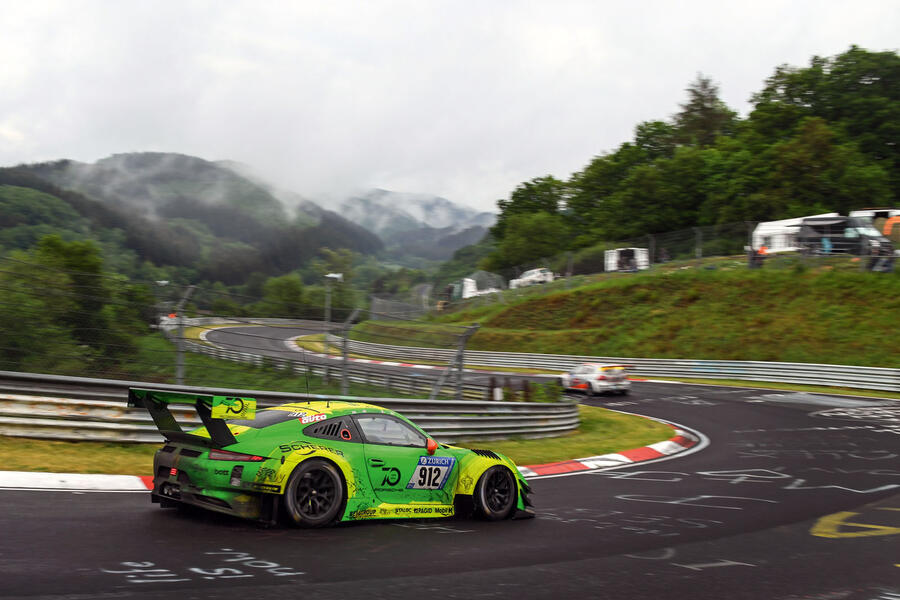
But we’re not at Manthey Racing in Meuspath, on the fringe of the Nürburgring, to drool over competition machines. We’re here because that winning racing relationship is seeping into Porsche’s gilt-edged road car business. You see, when it isn’t competing on track, Manthey develops top-ranking road-going 911s – cars like the GT2 and GT3 RS – into even more precise, quick and capable machines than they are to begin with. How exactly it does so we’ll come to shortly, but the results are so convincing that in the not too dim and distant future, you might even have the option of ordering an ‘MR pack’ for your new 911 GT3 RS – straight from the dealer. It seems that, once again, we’re witnessing an external influence push an original product to new heights using expertise gained in motorsport, and so Manthey Racing in 2020 isn’t at all unlike BMW M was in the early 1970s. Exciting? Just a bit.

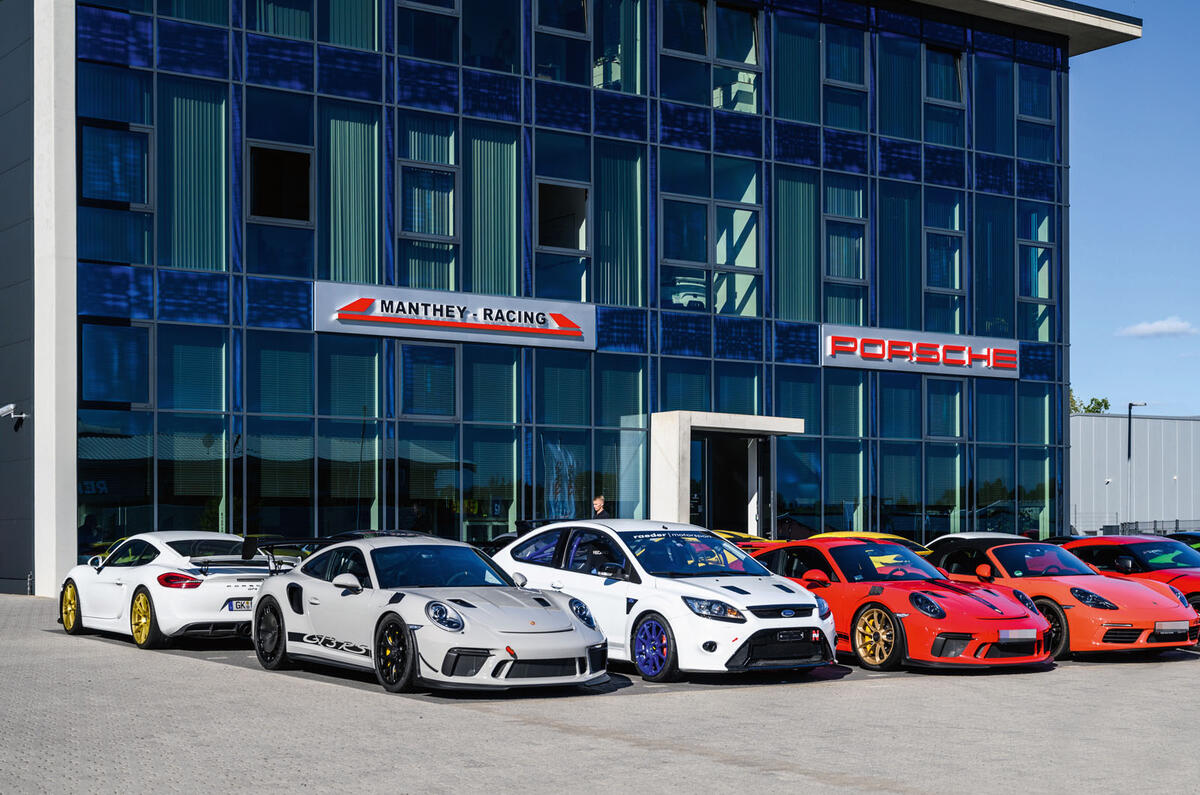
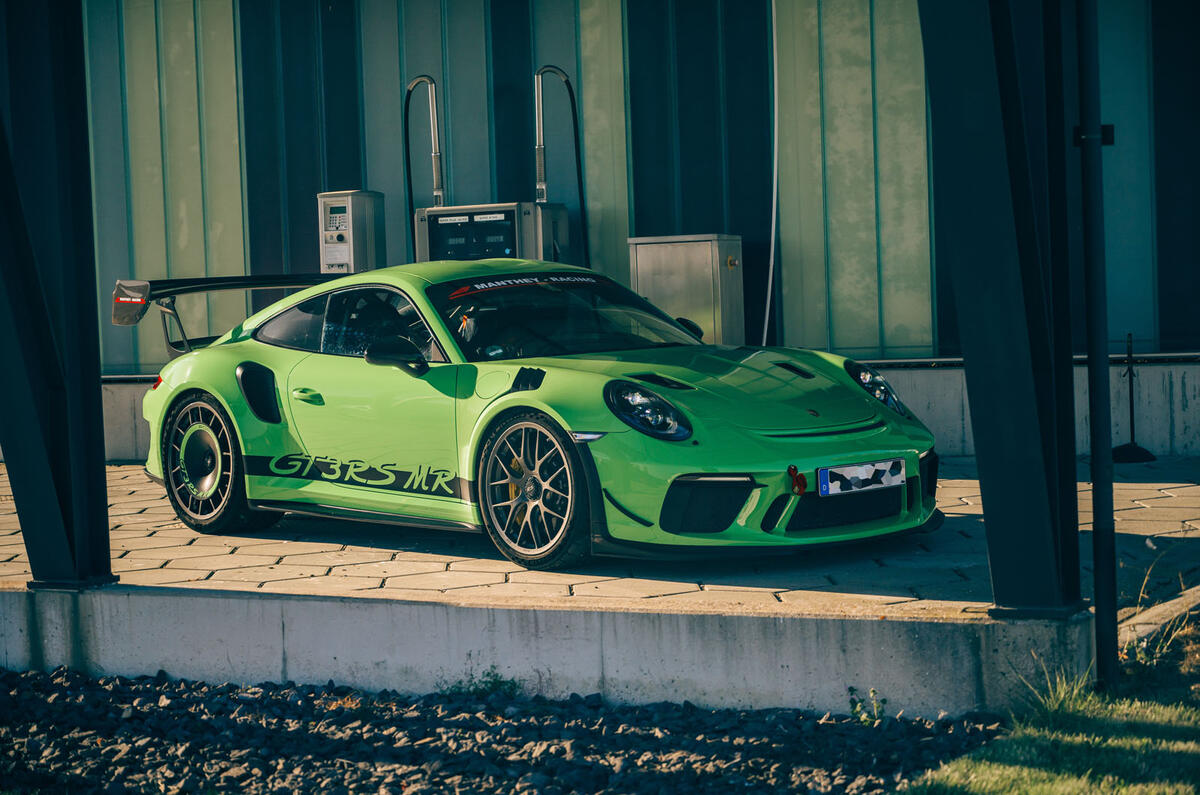

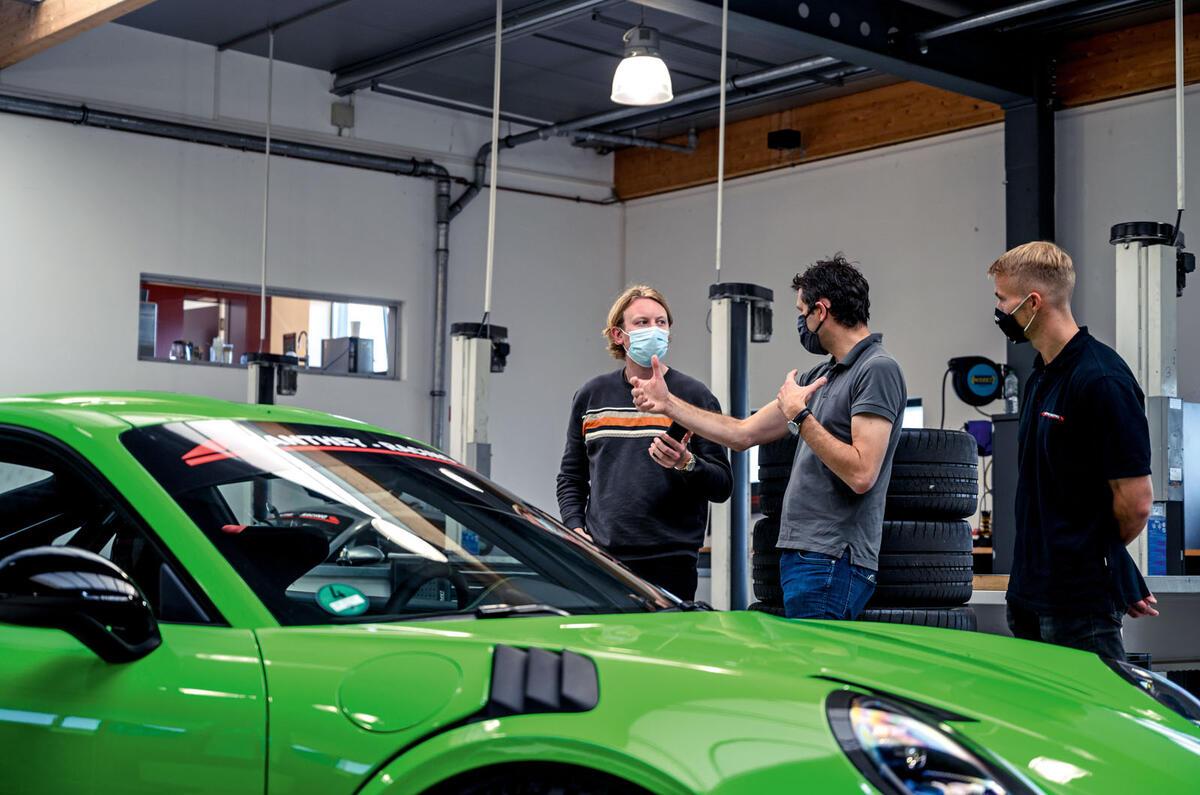
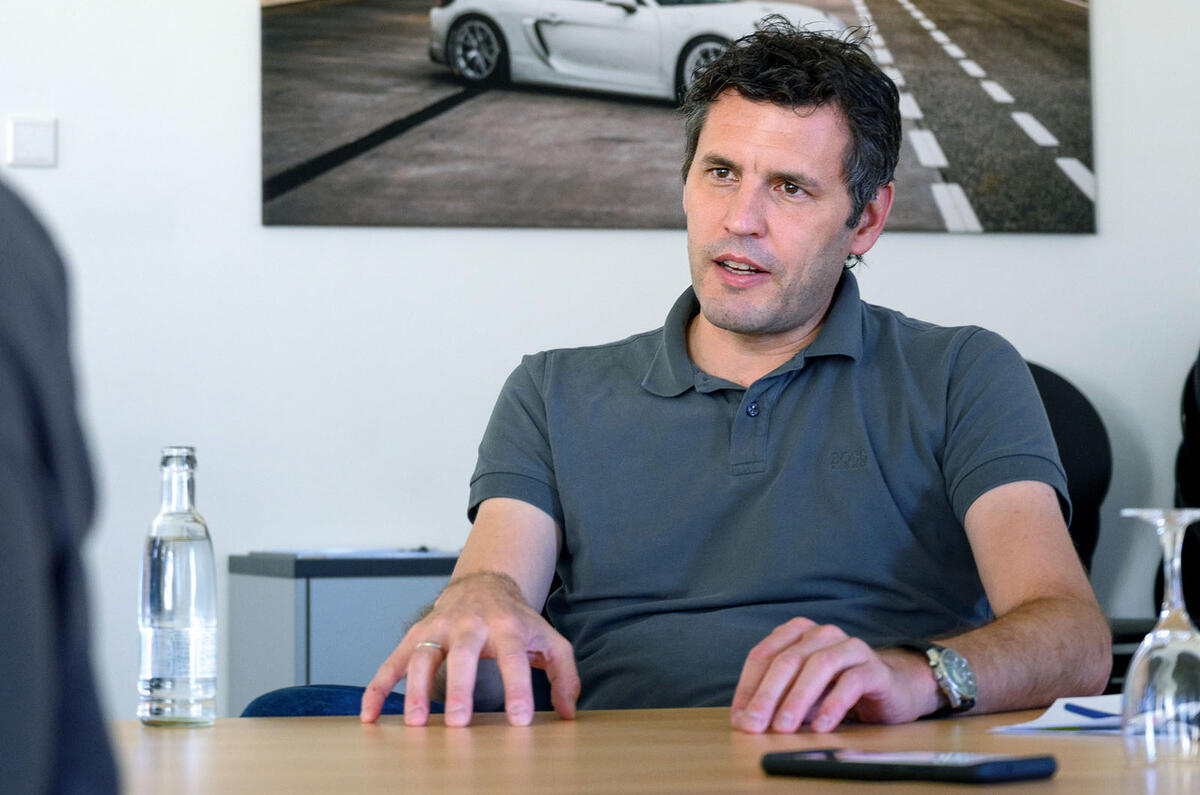
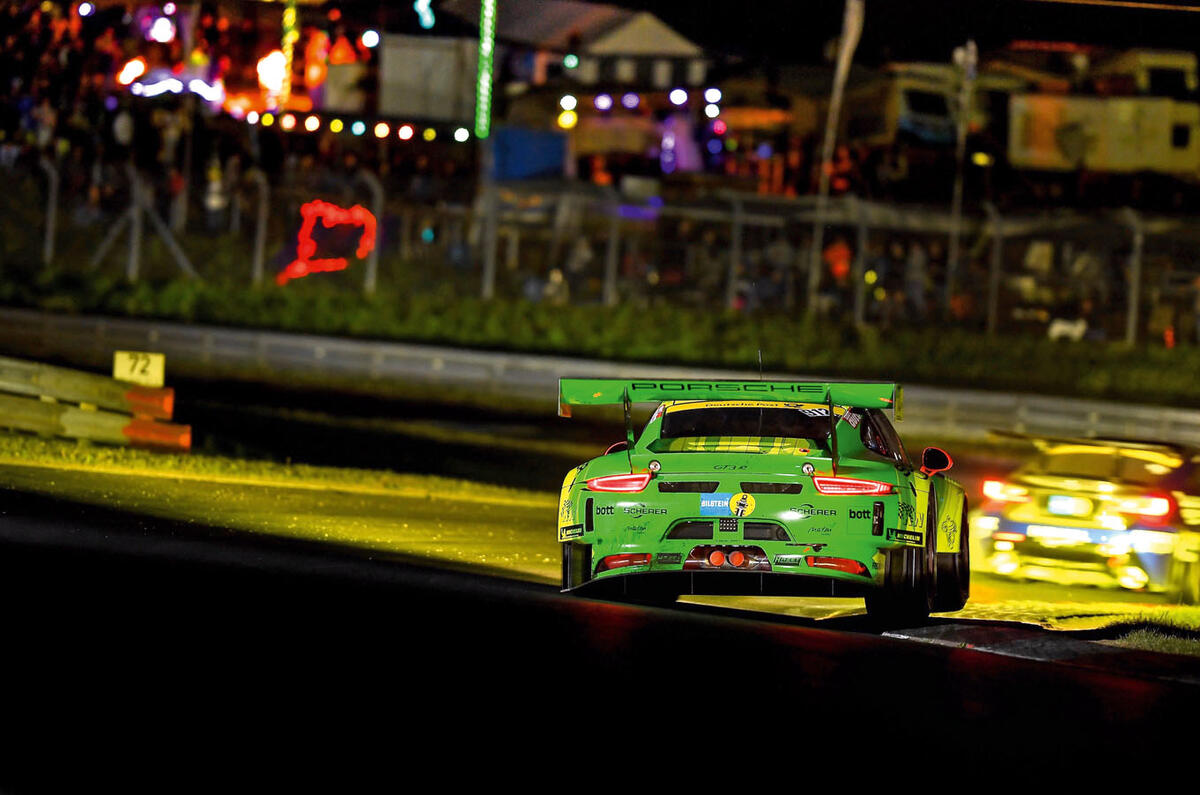
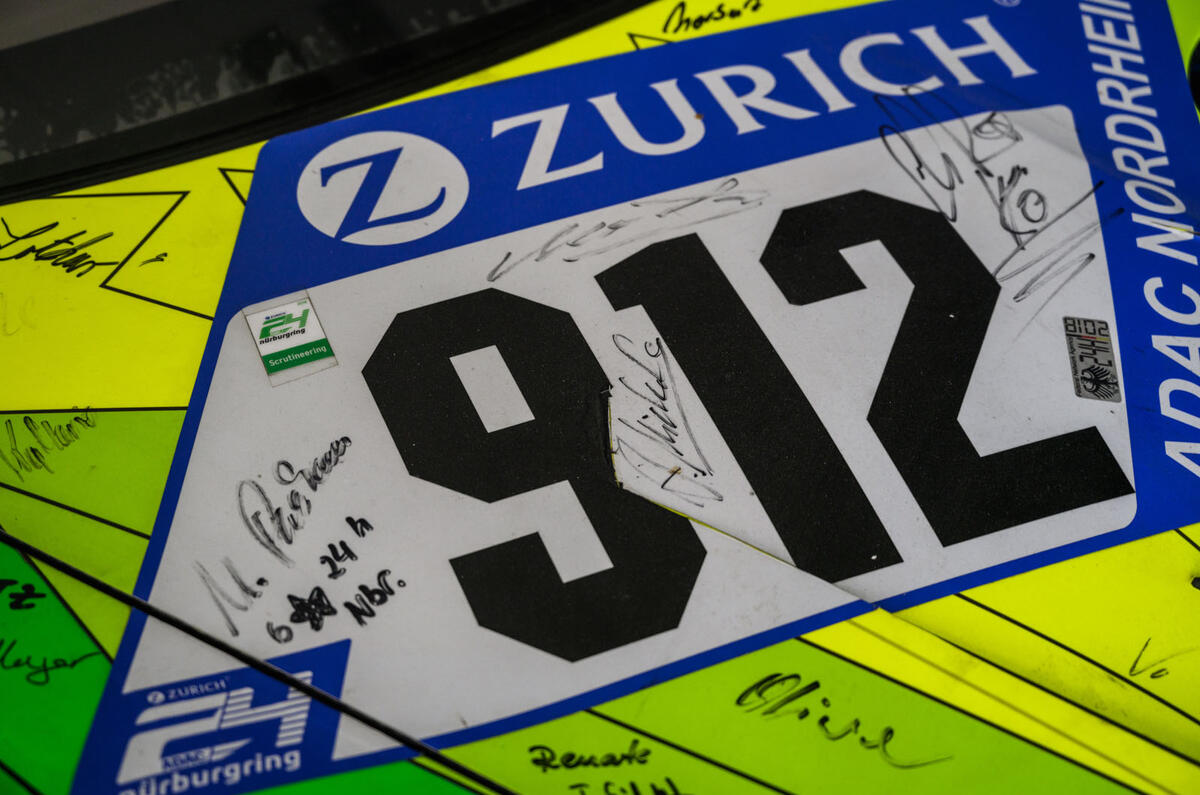
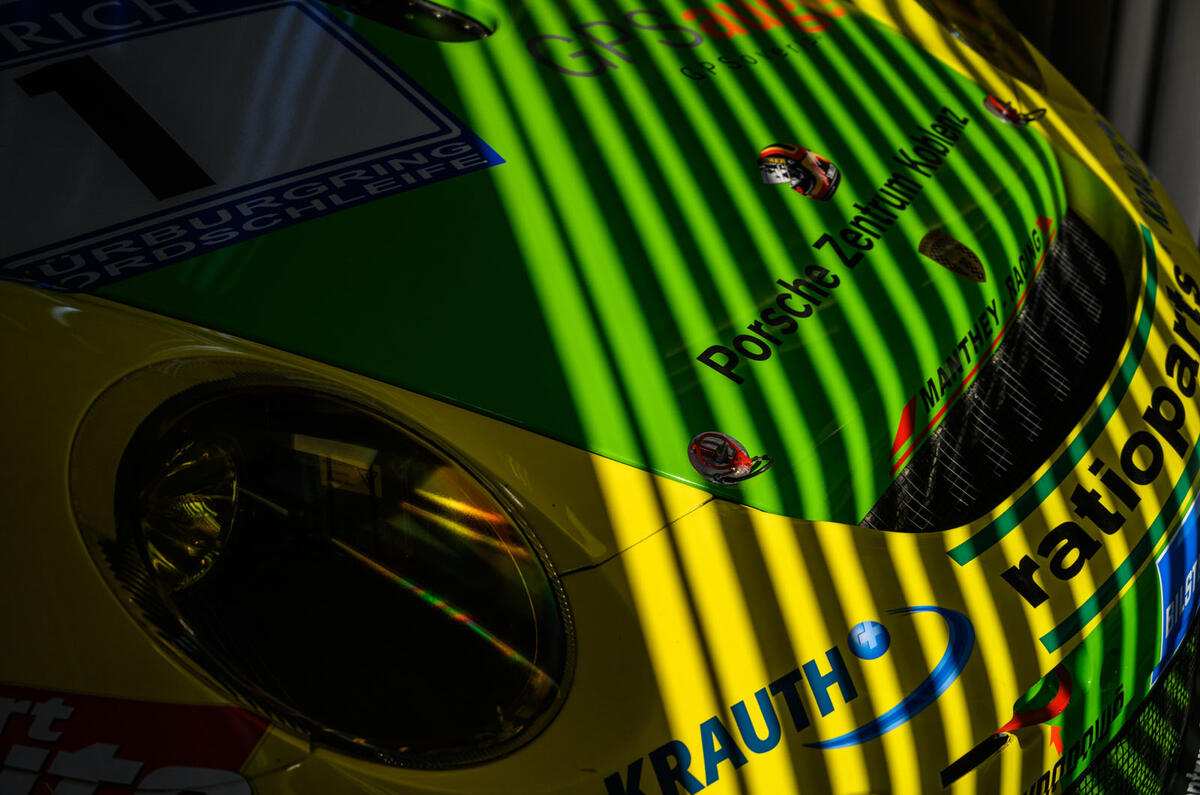
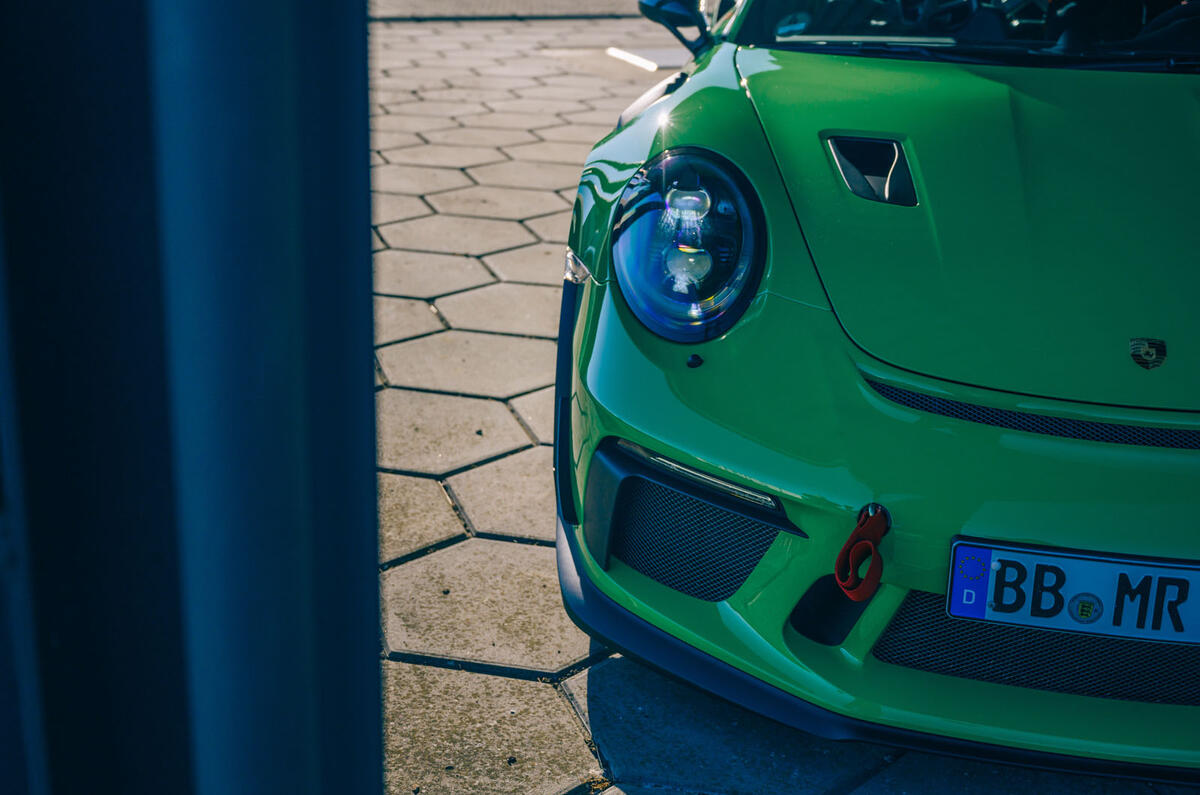
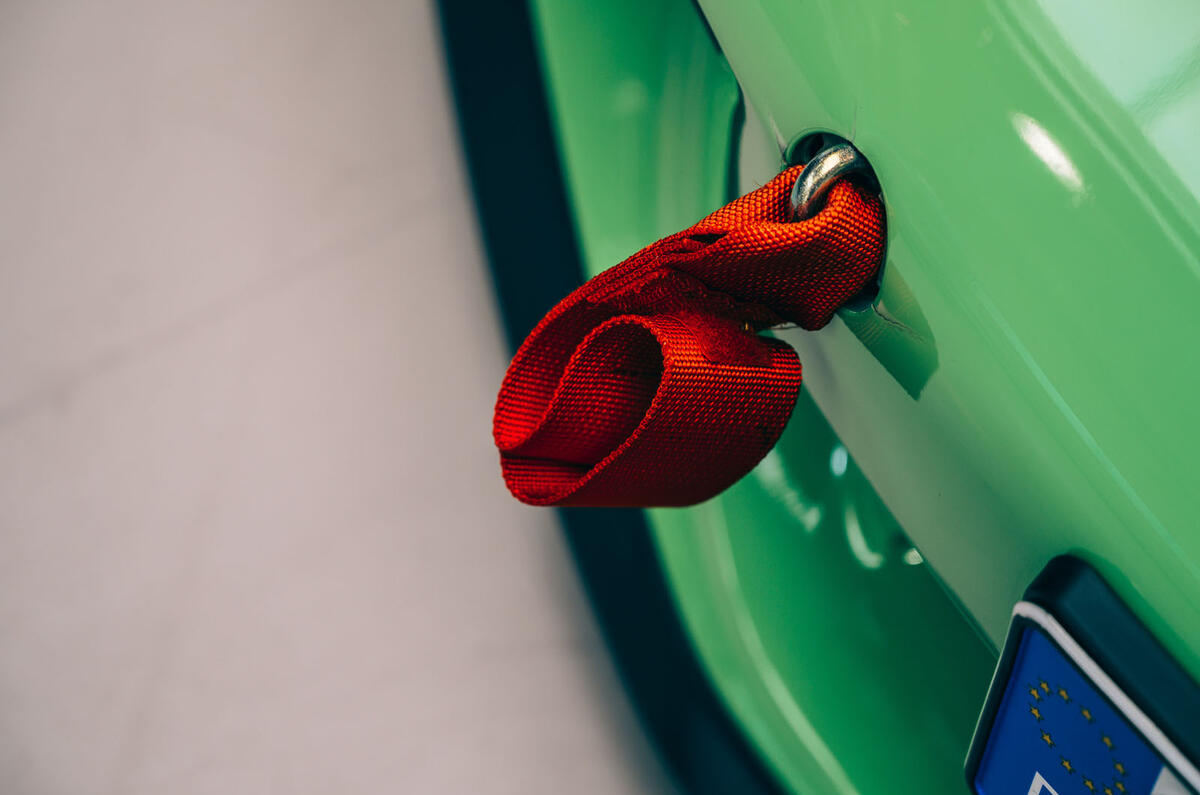
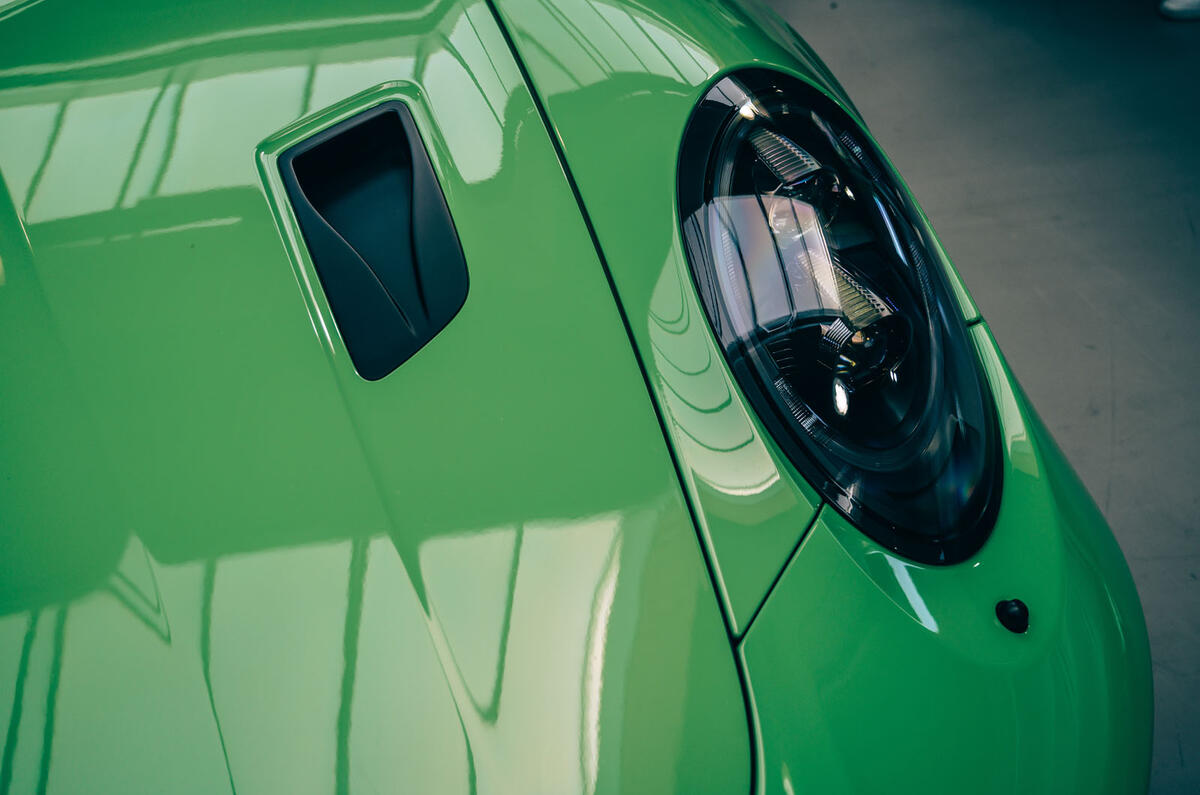
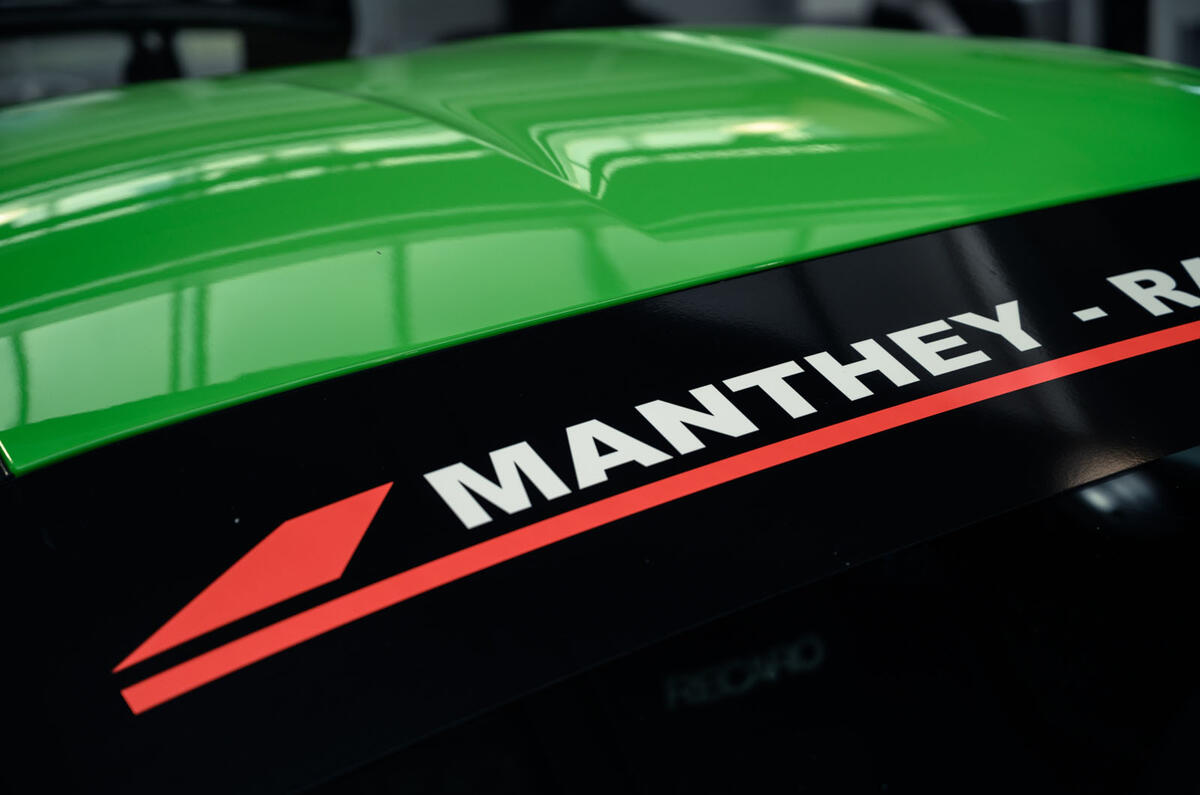
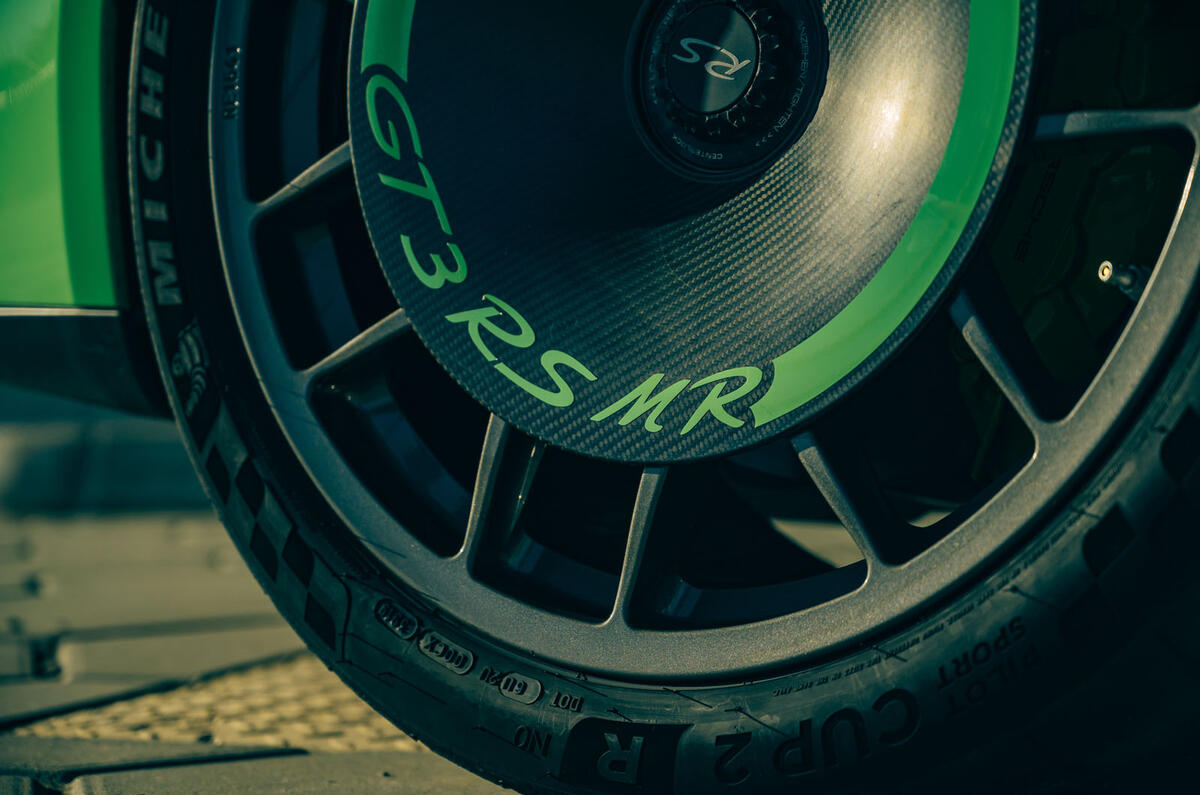
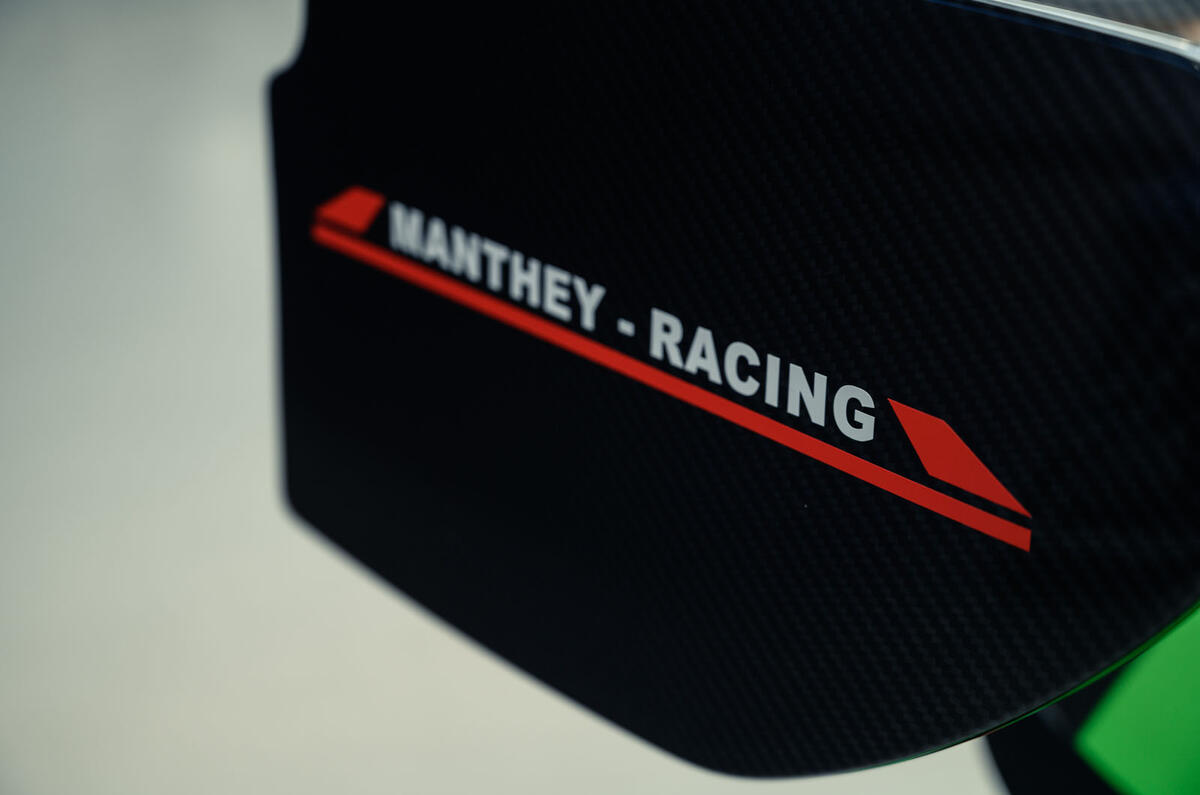

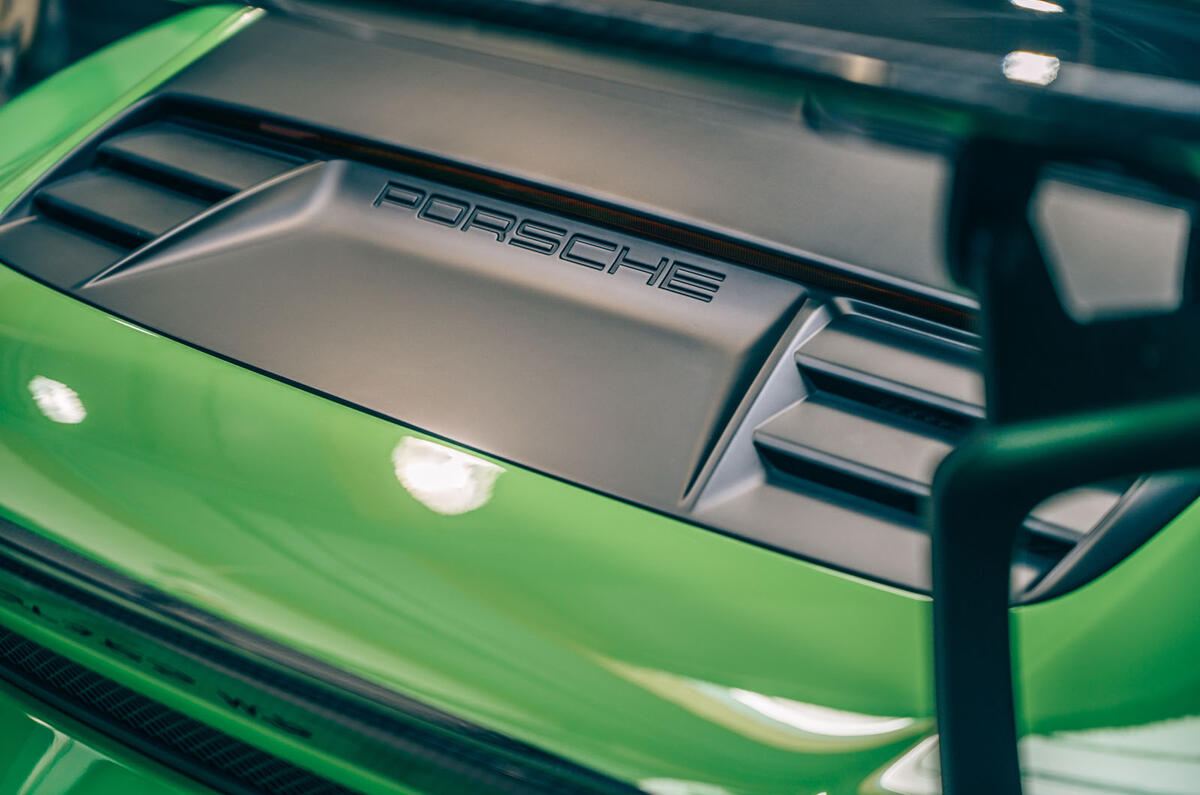
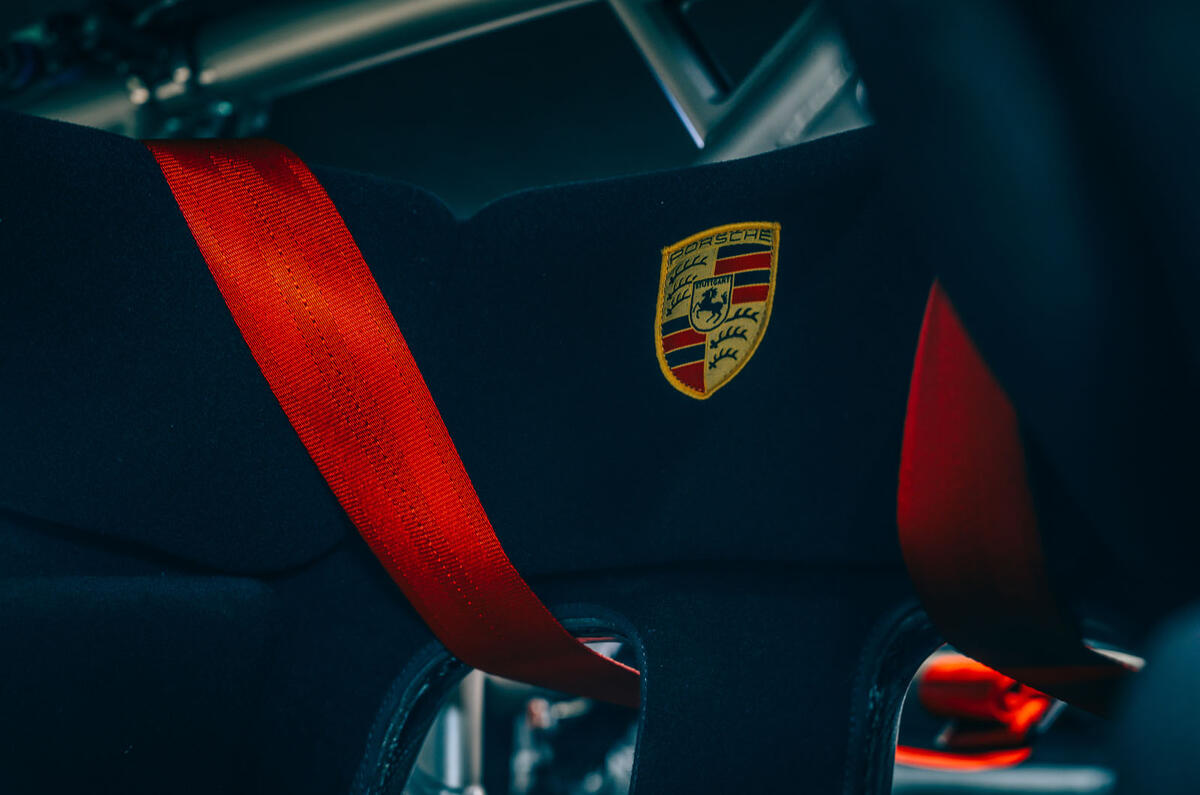
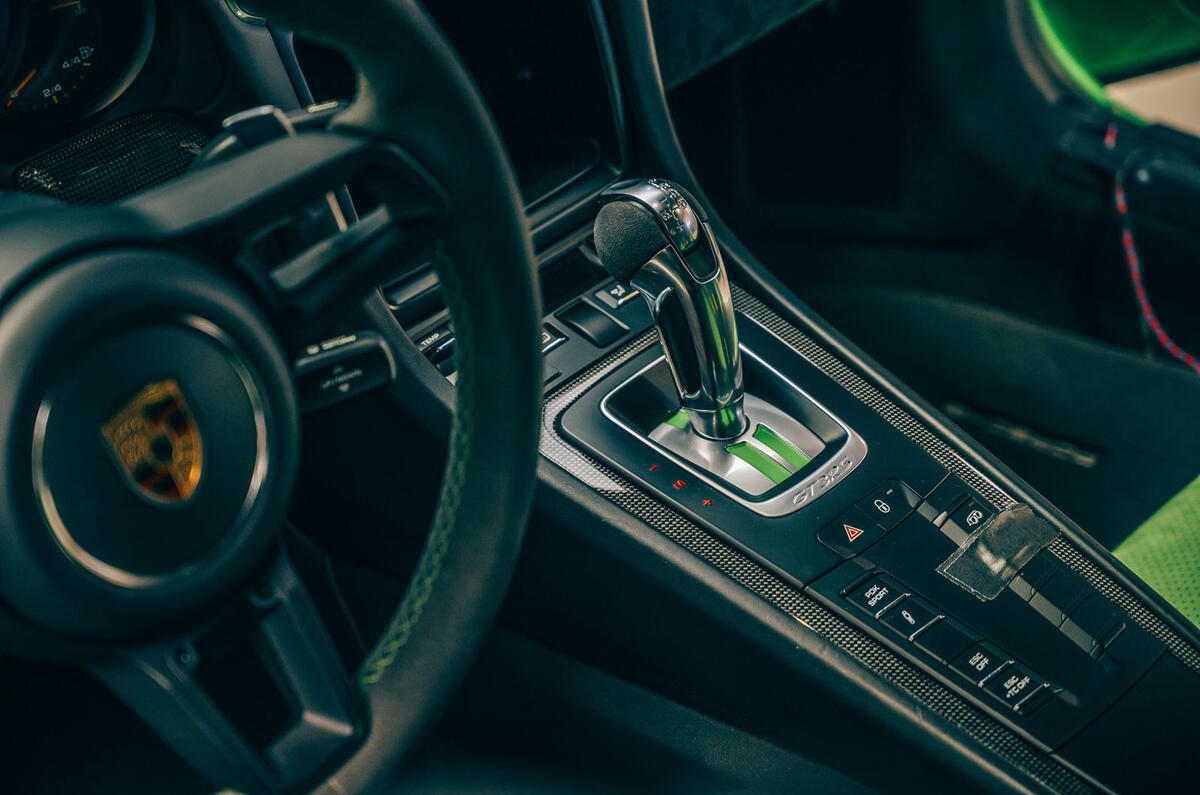
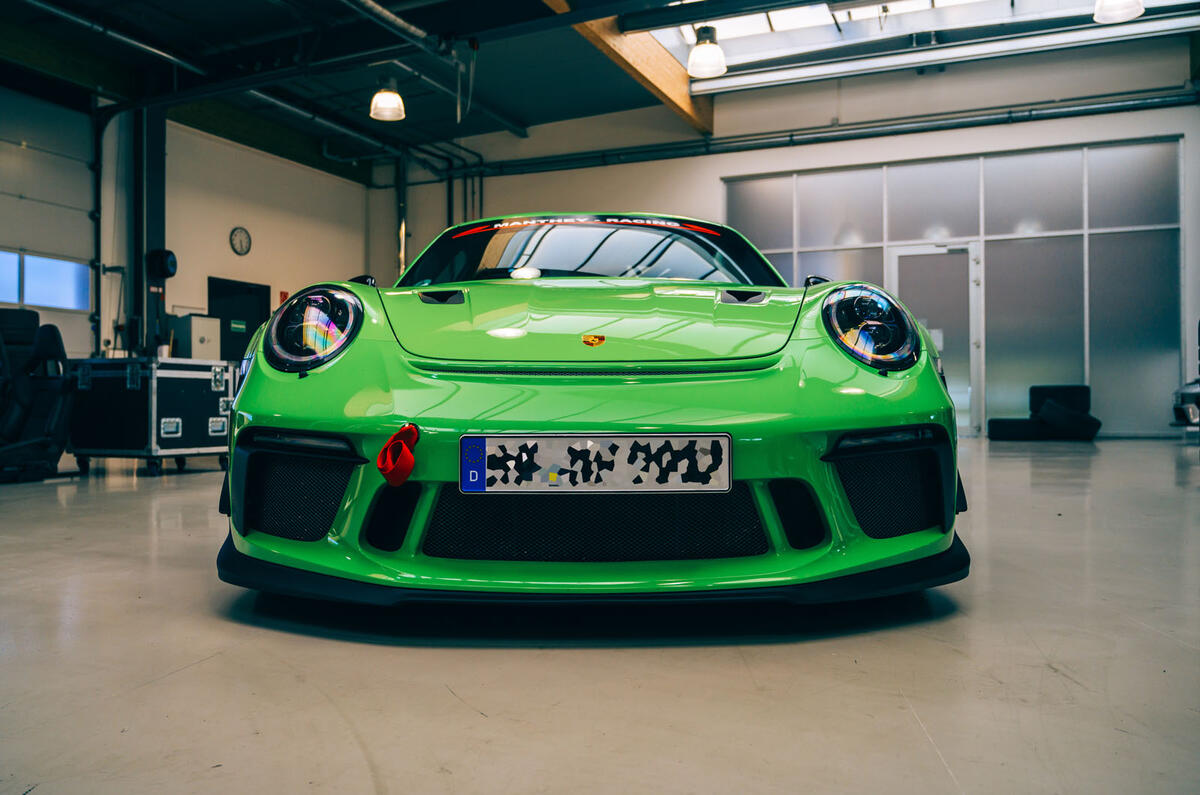
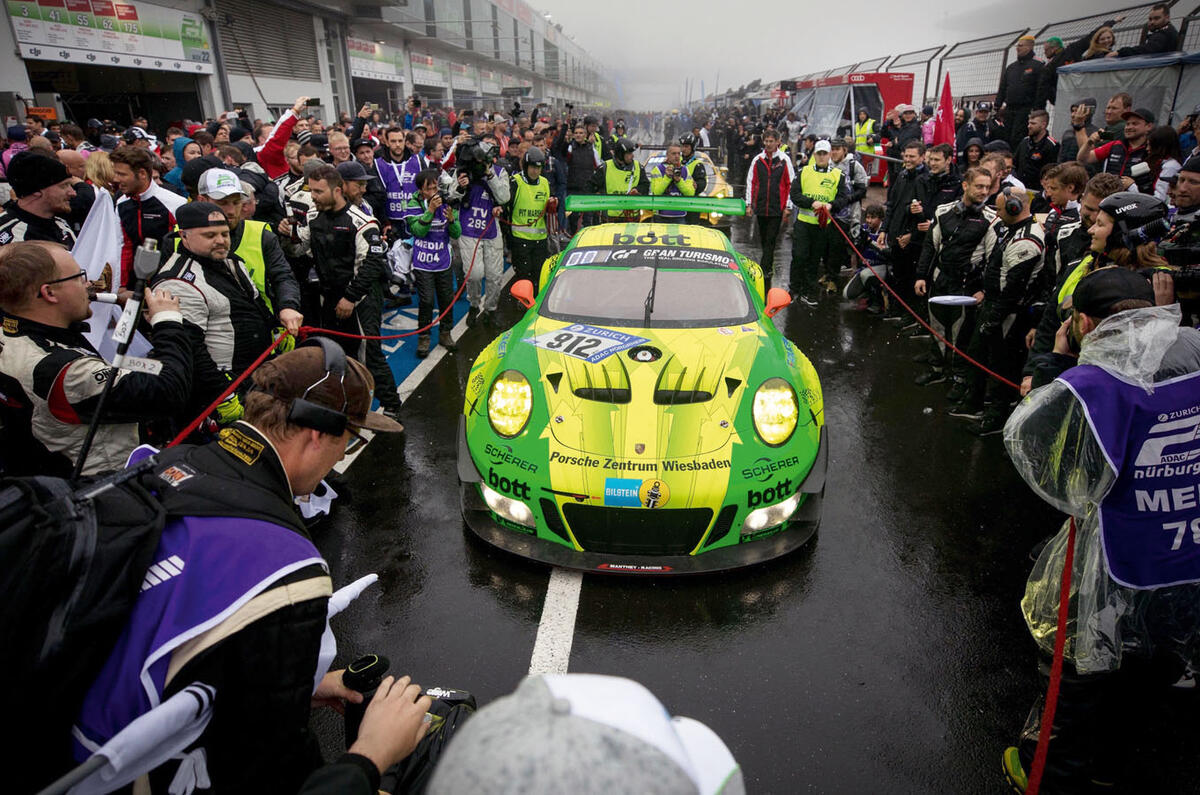
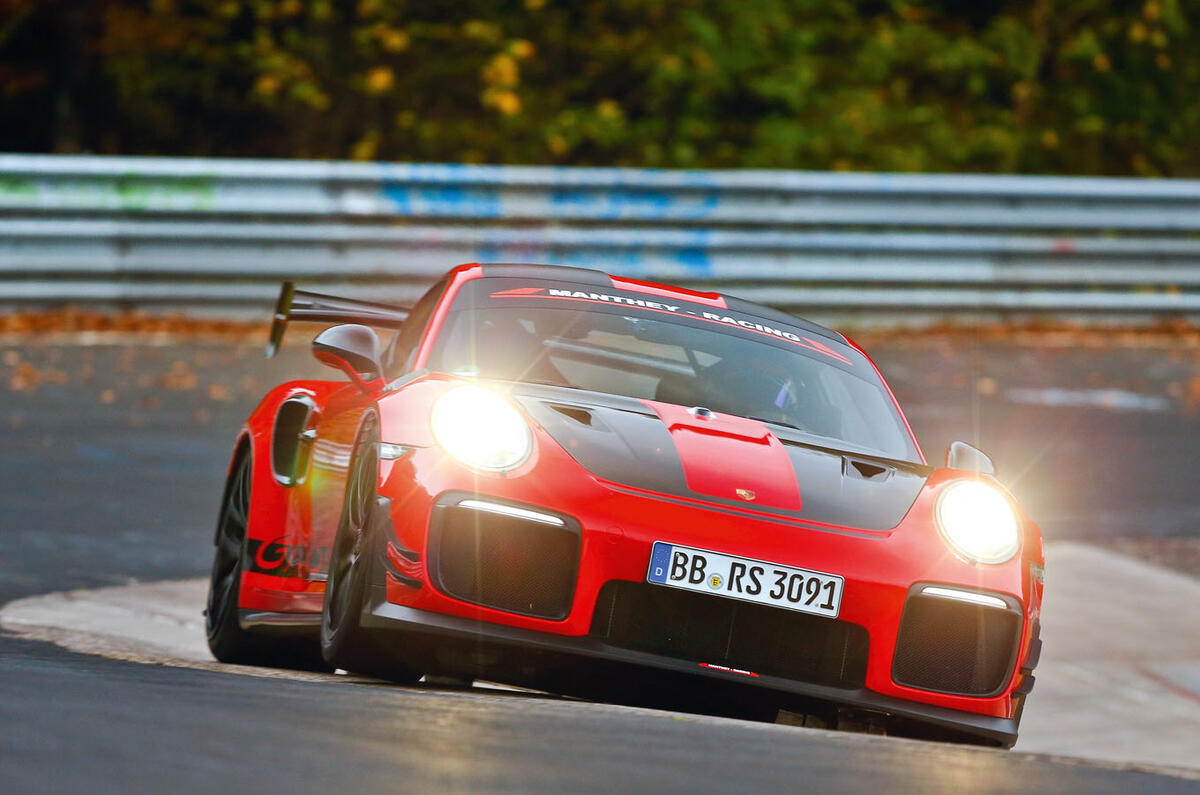
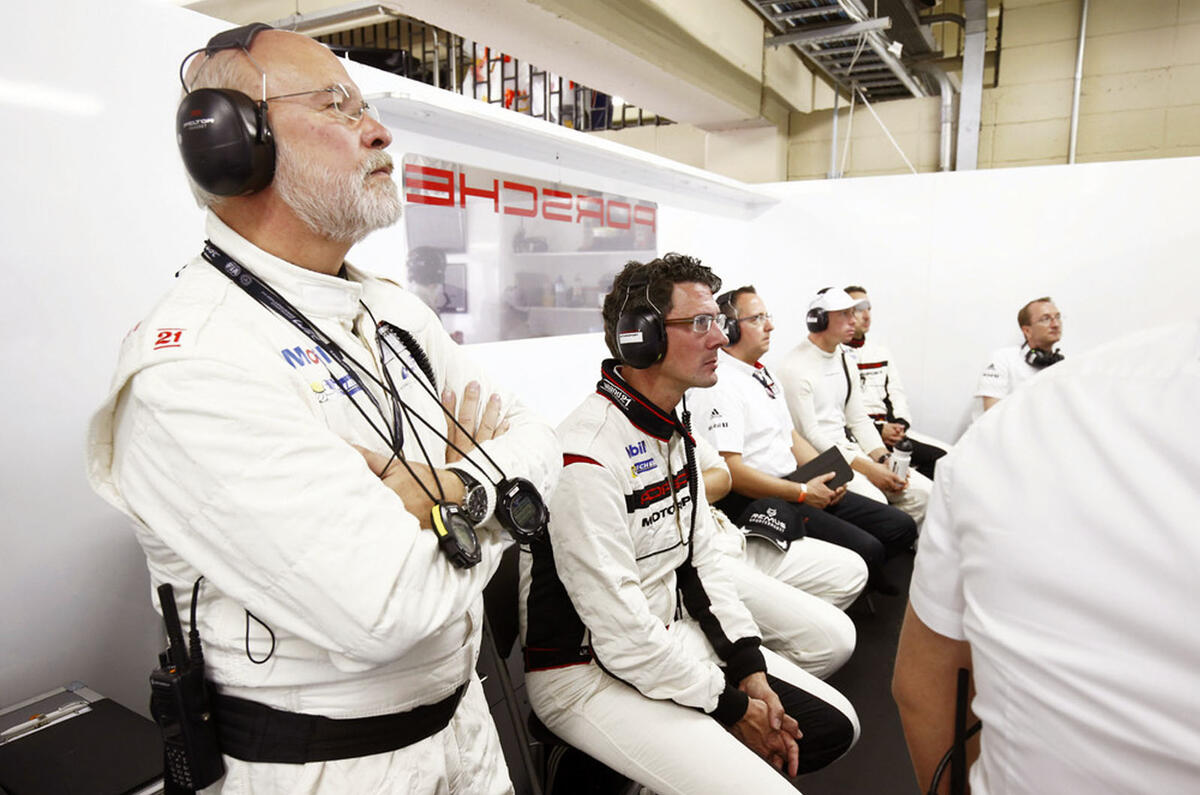
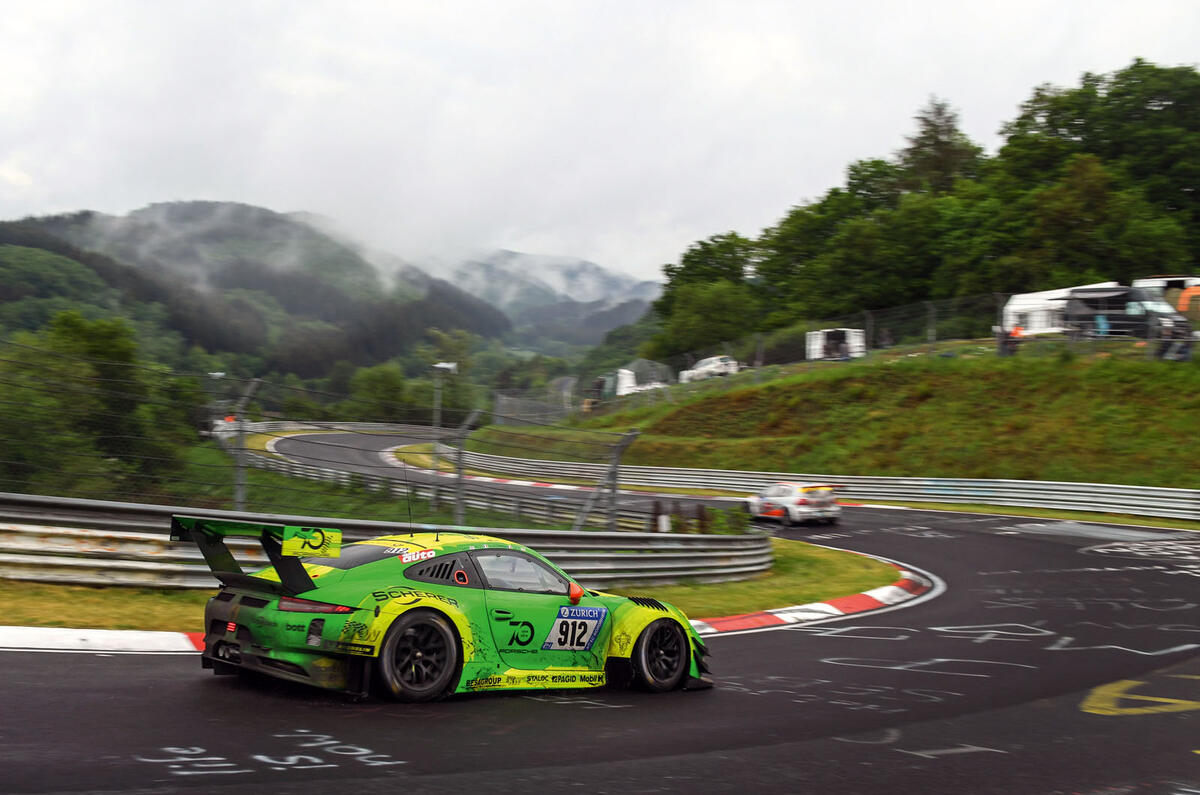





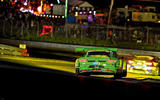
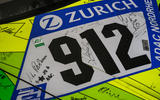
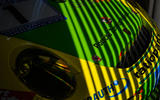


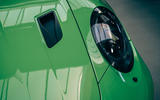
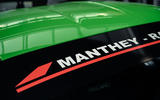
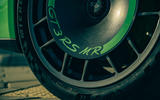
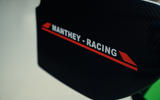








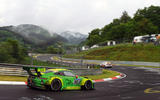

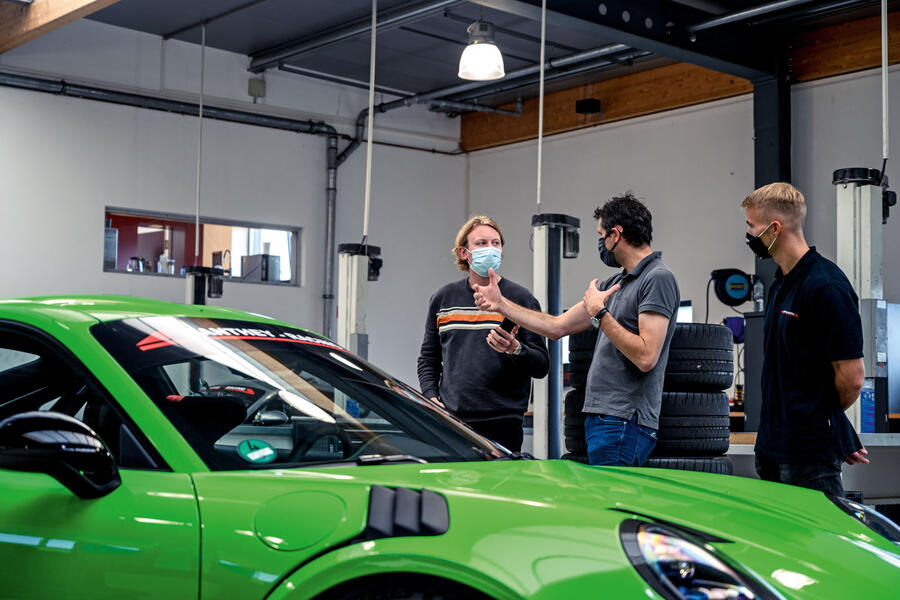
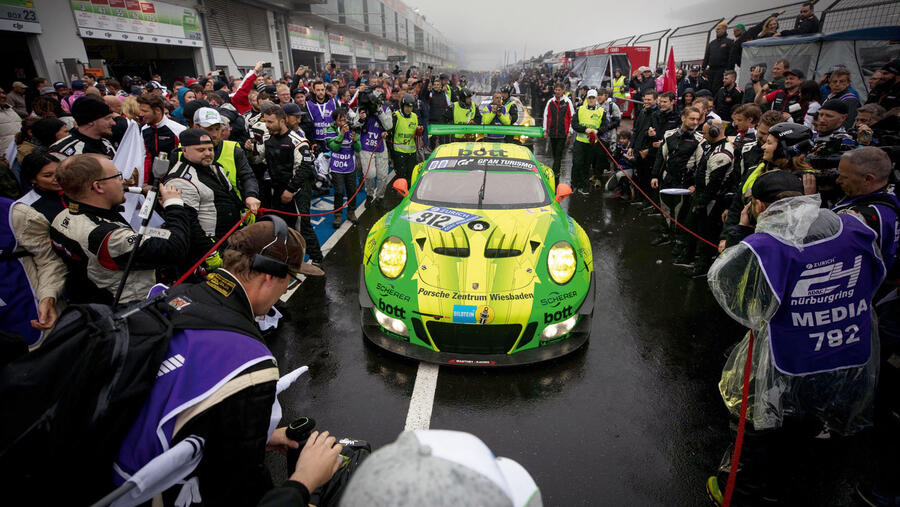
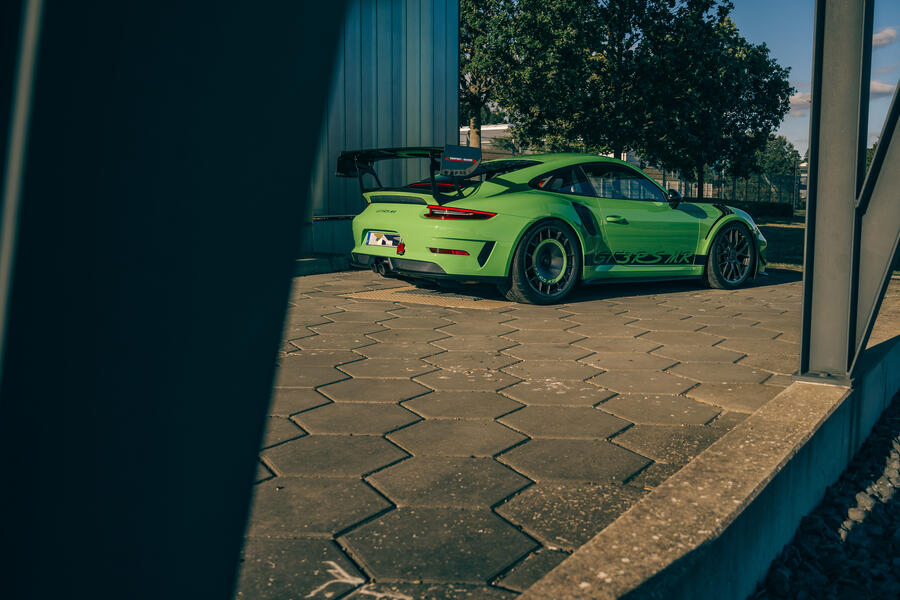
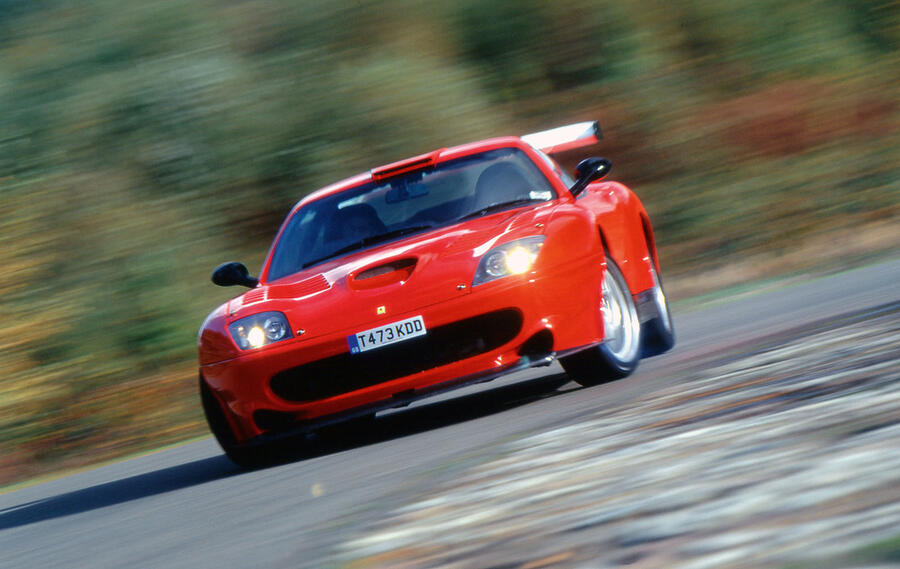

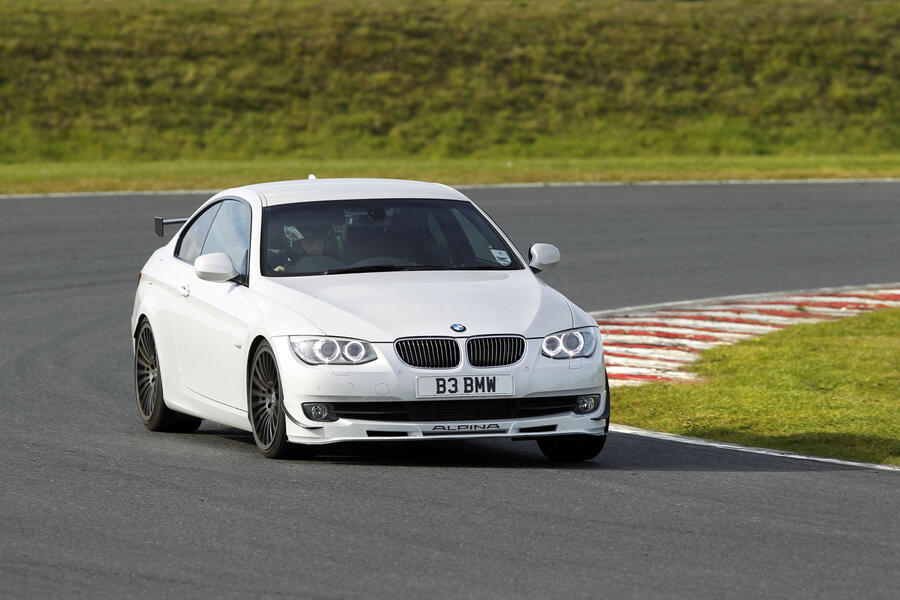





Add your comment